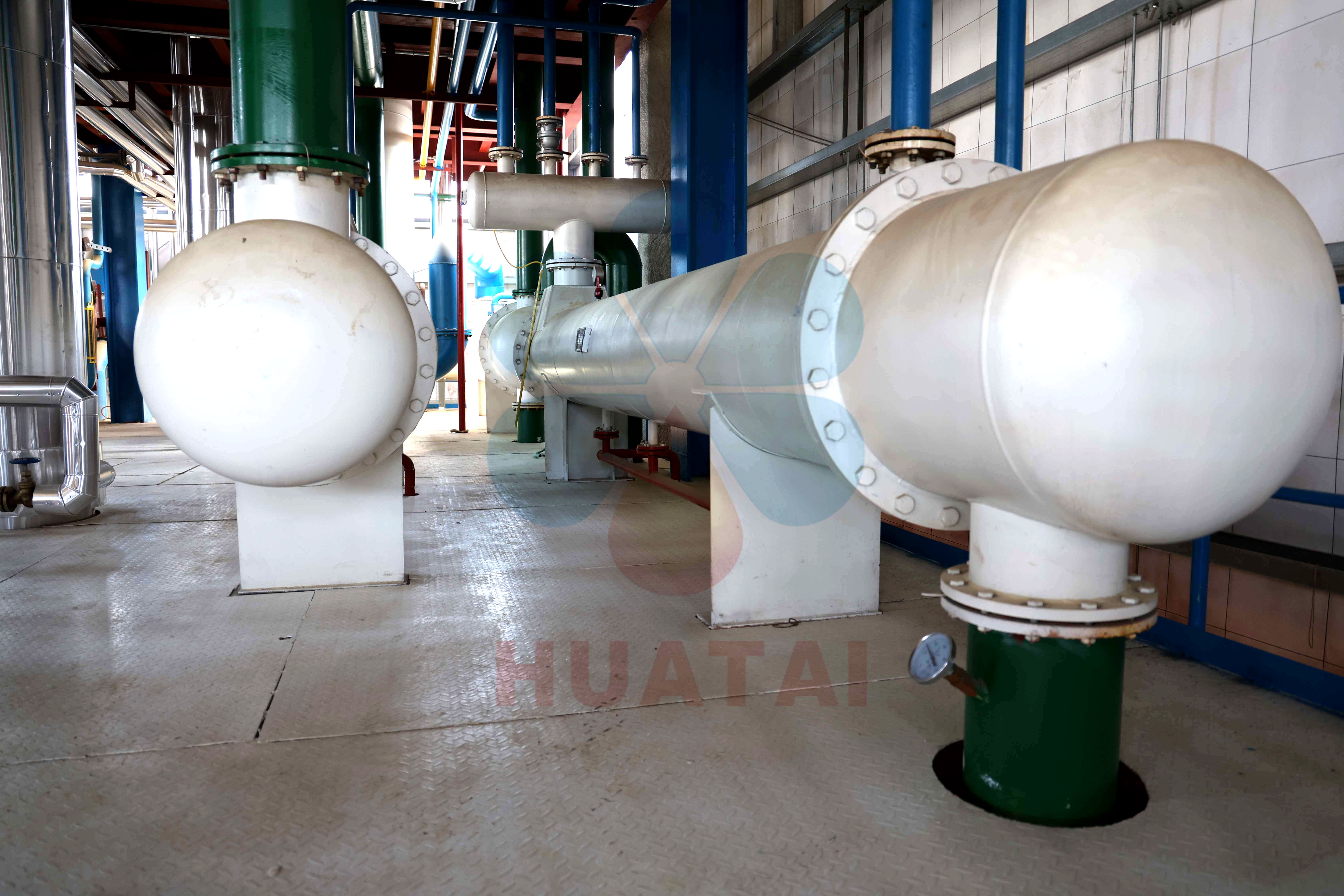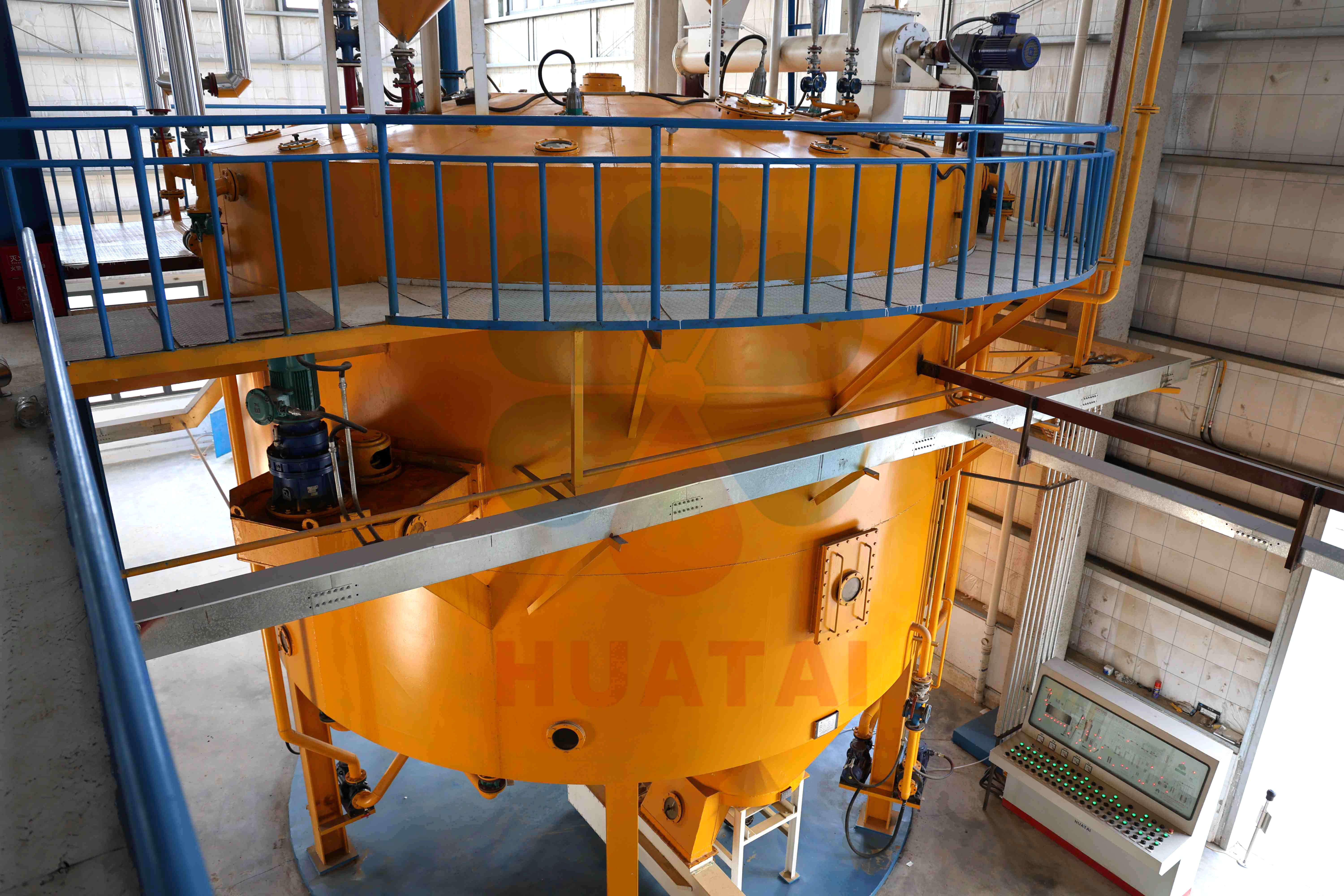Residual oil in meal is a critical quality indicator in the oil extraction process, directly impacting a company's economic efficiency. Multiple factors influence residual oil levels, including equipment, processes, pretreatment, and operator practices.
When oil contacts the solvent, mutual dissolution occurs based on the principle of "like dissolves like." During this process, oil molecules transfer into the solvent while solvent molecules transfer into the oil, continuing until both phases reach identical solute concentrations and achieve dynamic equilibrium. The transfer rate between oil and solvent molecules depends on the material structure. Different structures yield varying transfer rates and distinct times required to reach dynamic equilibrium.
In industrial extraction, the countercurrent extraction method is typically employed: continuously fed material is sequentially leached with progressively diluted miscella, followed by final extraction with fresh solvent for near-total oil recovery. Theoretically, achieving dynamic equilibrium at each stage is optimal, but equipment limitations prevent full equilibrium attainment. Thus, extraction duration becomes crucial. In practice, appropriately reducing equipment speed, increasing material bed height, and extending extraction time can effectively reduce residual oil in meal.

This ratio refers to the volume of solvent used per unit volume of material during extraction. A higher solvent ratio produces more diluted miscella but creates a larger concentration gradient, accelerating mass transfer and shortening extraction time. Conversely, a lower ratio slows mass transfer and prolongs extraction.
Practical constraints (equipment limitations, environmental regulations, and economic considerations) prevent unlimited solvent ratio increases. Therefore, maintaining an optimal solvent ratio range is essential—balancing production needs, environmental compliance, and cost efficiency. Ideal ratios vary by equipment and material structure. Adjustments can be made based on residual oil targets and miscella processing requirements. Where feasible, increasing fresh solvent spray volume may reduce residual oil.
Process temperature is determined by material temperature, solvent temperature, and their proportional quantities. Temperature significantly impacts extraction speed and efficacy. Higher temperatures:
Enhance molecular motion
Reduce solvent and oil viscosity
Decrease resistance to molecular transfer
Accelerate dynamic equilibrium attainment
Theoretically, this lowers residual oil content.
However, temperature is constrained by the solvent's initial boiling point and miscella's boiling point. Exceeding these limits causes excessive solvent vaporization, reducing the effective solvent ratio and increasing equipment pressure. In practice, extractors operate under slight negative pressure. Moderately increasing extraction temperature within system tolerance (considering vapor recovery system capacity) can help reduce residual oil.

In summary, these represent key operational factors affecting residual oil in meal. Additionally, equipment type, material pretreatment, moisture content, and powder content also critically influence residual oil levels.
Huatai’s extraction systems use scientifically optimized processes and energy-saving configurations to achieve higher oil yields with minimal resource consumption. The integrated intelligent control system provides real-time performance monitoring and adjustment, enhancing stability, reducing operating costs, and boosting overall efficiency. Through the Huatai Global Cloud Service Platform, clients can track live data and manage parameters directly from their smartphones—anytime, anywhere.
Huatai Oil Machinery provides good quality oil mill plant, time & fast delivery, perfect after-sale services, and reasonable price, contact us!
Website: https://www.huataioilmachine.com/Copyright @ Henan Huatai Cereals And Oils Machinery Co.,Ltd.